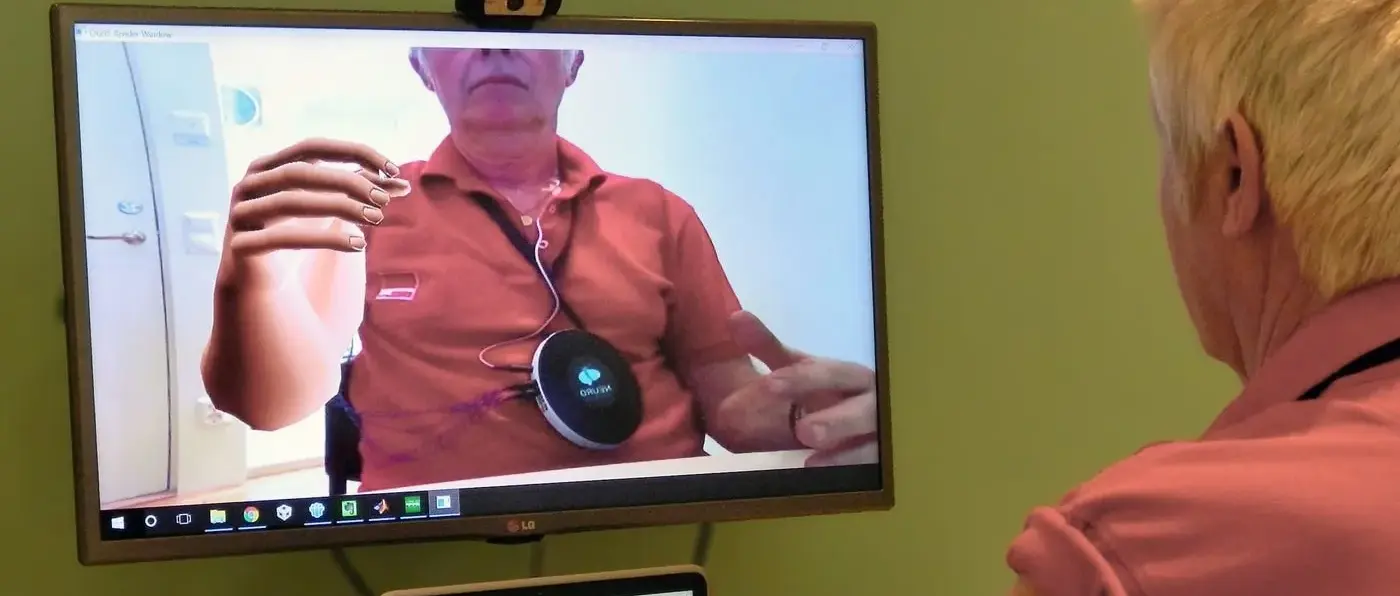
Phantom Limb Pain (PLP) is pain perceived in a missing limb. Read more at What Is PLP?
All pain is our heads because it requires processing by our brains to come about. PLP is no different than any other pain with respect that is our brain creating the experience. PLP is recognized as a legitimate medical condition in many countries around the world.
Frequently Asked Questions (FAQs) answered
This website is continuously updating its content. If your question is not here, contact us!
In most case, yes! There are several treatment options to alleviate PLP, see the Treatments page.
Very likely! Appropriate management of acute pain before and after the amputation, and maintaining the phantom limb mobile, are likely to prevent PLP. Read more at the Treatments page.
No. Virtual Reality (VR) and Augmented Reality (AR), or Mixed Reality, are tools, not treatments by themselves. The way these tools are used constitute the treatments, and therefore outcomes depend on how the tools are used. Two treatments employing VR can have widely different outcomes depending on how it is used.
Highly unlikely. The strength of the electromagnetic fields that we are normally exposed to is not strong enough to induce activation of pain processing neurons. Think about this, commonly use Magnetic Resonance Imagine (MRI) scanners induce super strong electromagnetic fields, but do not induce PLP. More over, there is no clinical evidence (randomized controller trials) showing that electromagnetic shielding is effective at alleviating PLP. Finally, no credible scientific hypothesis has been presented on the working mechanisms by which electromagnetic shielding would alleviate PLP.
